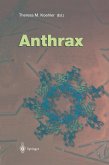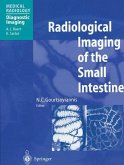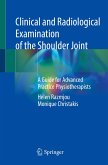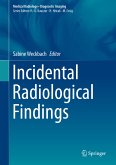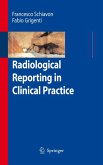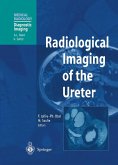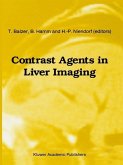Dieser Download kann aus rechtlichen Gründen nur mit Rechnungsadresse in A, B, BG, CY, CZ, D, DK, EW, E, FIN, F, GR, HR, H, IRL, I, LT, L, LR, M, NL, PL, P, R, S, SLO, SK ausgeliefert werden.
"The author presents a concise reference for primary care providers, be they family medicine practitioners, pediatricians, internists, nurse practitioners, or physician assistants, to help them recognize early cases of a potential mass casualty situation caused by either a terrorist attack or a natural disaster. ... also a useful book for lay people who want to have the answers unfiltered by the medical community. ... This book should be readily available in every primary care clinic. ... I highly recommend this book for every physician." (Vincent F. Carr, DO, FACP, Doody's Review Service, March, 2008)



